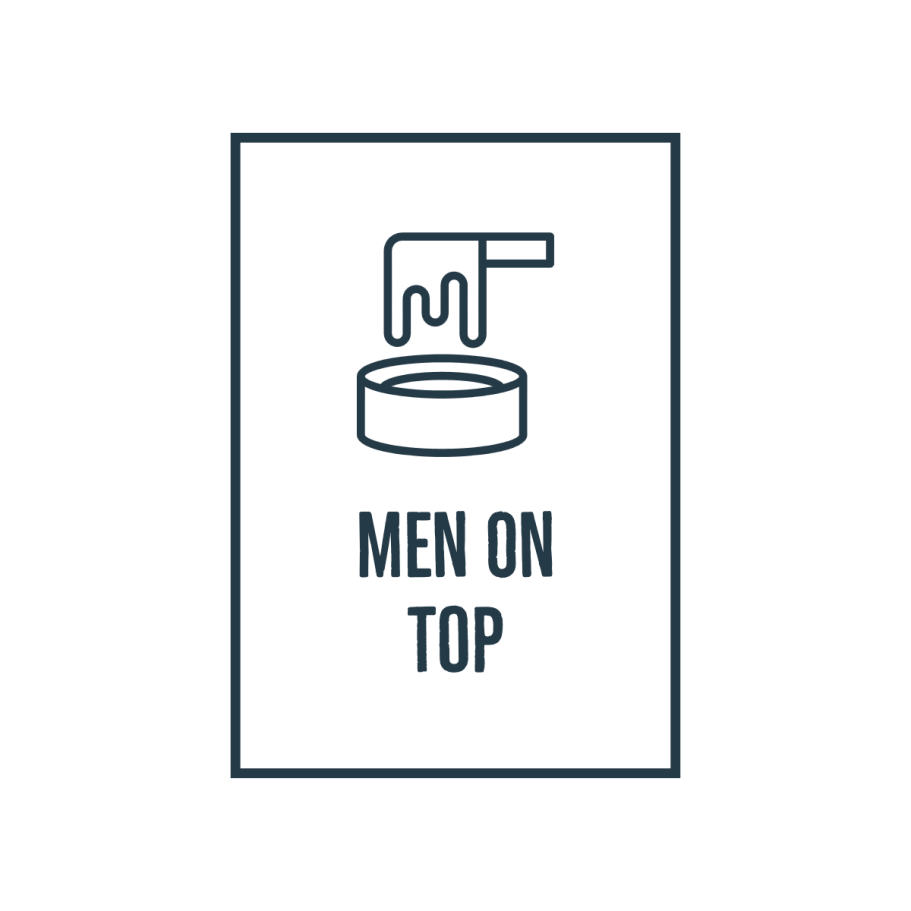Important Information About Waxing
If you have not been waxed before, or it has been some time since your last waxing, it is very important you read the following information. You will be asked to sign a paper version of this information on your first visit
When waxing is NOT suitable
If you have any of the following, waxing is not suitable until the condition has healed:
- Sunburn
- Some cancers
- ANY Infectious skin condition
- Skin medications such as Roaccutane
When waxing is NOT sensible
Waxing is not sensible if you:
- Are under 18 (16-18yrs old will require a parent/guardian letter)
- You are under the influence of alcohol or drugs
- You have reduced heat sensitivity or have allergies to certain skin products
After Care
Following your waxing treatment, your skin will be treated with the appropriate products to immediately cool and sooth the skin. However, to minimise any adverse reactions, it is essential that area is kept cool, clean and dry, and suitable soothing antibacterial products are used, such as tea tree.
Hygiene
During treatment, high standards of hygiene are maintained - the treatment bed will be covered with disposable coverings. Wax spatulas and strips are only ever used once and the therapist will wear fresh disposable gloves during each treatment
FAQs
These are some of the most asked questions about male waxing
Is waxing suitable for everyone?
Although the majority of people can be waxed without any problems, there are some situations where it is not suitable. Please see above for some examples, such as certain medical conditions. When you make an appointment you will be asked to complete a consultation questionnaire
Does it hurt?
Each person reacts differently to waxing - some people feel no discomfort at all and even use their phone while being waxed, others do find it uncomfortable - however, treatments get easier as the skin gets used to being waxed
How will my skin react?
- Everyone reacts differently - If you are have a pale skin tone you can expect some redness straight after treatment - however, the use of after care products will minimise this.
Less commonly, you may experience:
- Blood spots: Blood that usually feeds the hair root can collect in the folicle - these typically disappear quickly
- Hives: This is an immune reaction to the hair being removed and can resemble a welt or rash. You should avoid scratching and it will usually disappear in a few hours
- Folliculitis: Small puss filled pimples (yellowheads) can be common on the chest or back being waxed for the first time. Avoid sweating or touching the area immediately after waxing and they will only last a couple days
- Ingrown Hairs
- Bruising - especially for those with sensitive skin
What is after care?
After care is very important - make sure you are familiar with these principals and ask if there is anything you aren't sure of:
- After waxing, it is important to avoid sweating as this a common way for infection to cause pimples and rashes. Do not exercise, go to the sauna or sunbathe for two or three days after treatment
- Do not touch or scratch the area, this is another common way skin gets infected
- Avoide sexual activity after intimate waxing
- Apply an antiseptic cream to the area for the days following treatment - always wash your hands first
©Copyright. All rights reserved.
We need your consent to load the translations
We use a third-party service to translate the website content that may collect data about your activity. Please review the details and accept the service to view the translations.
